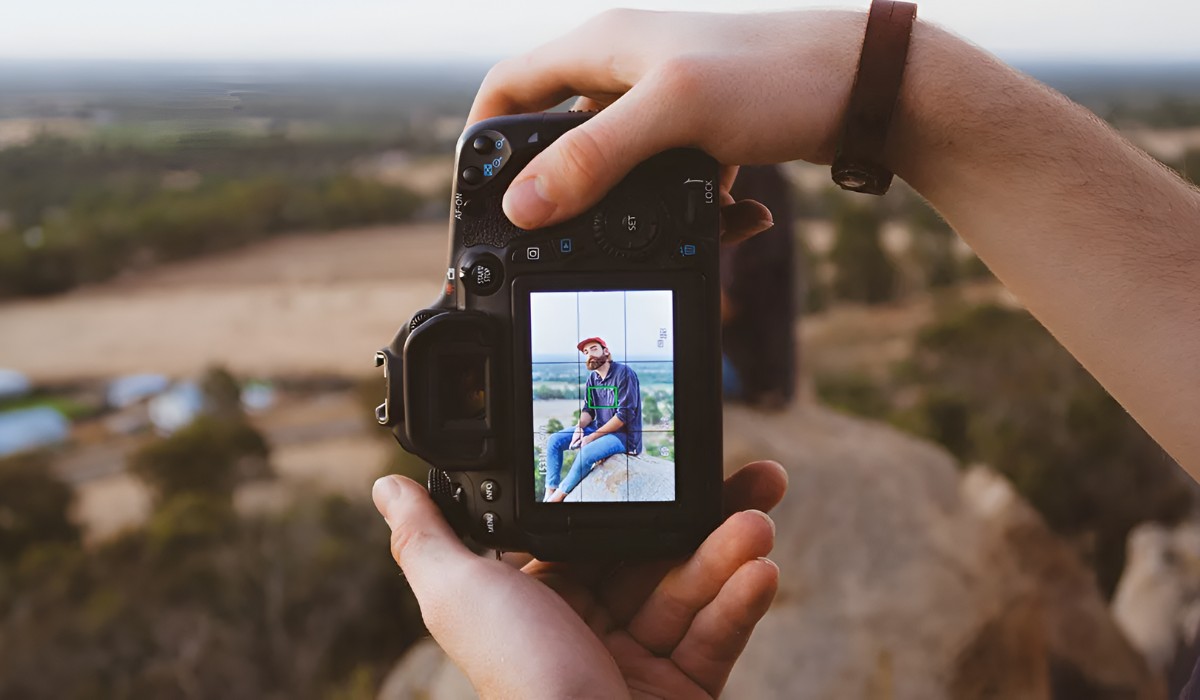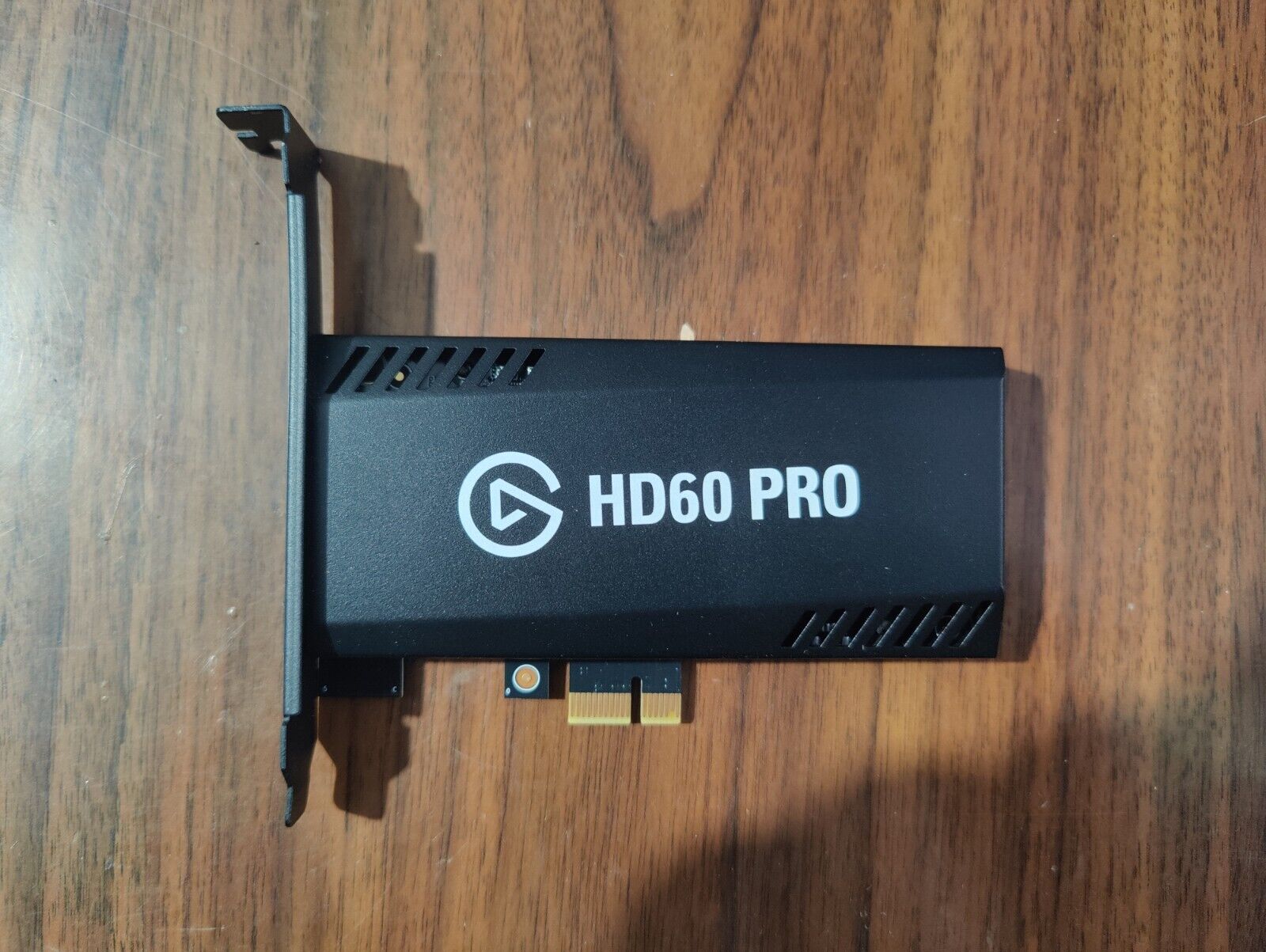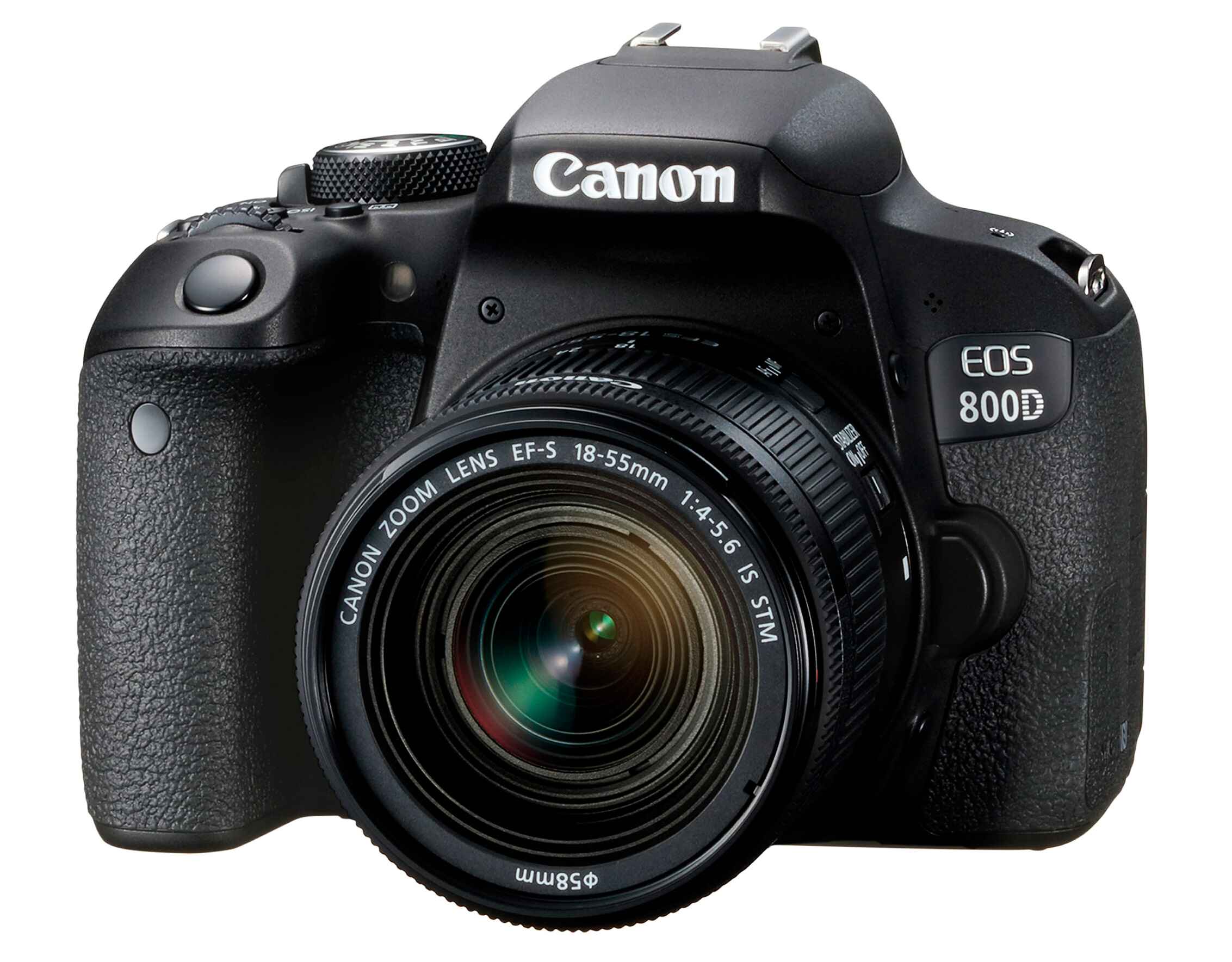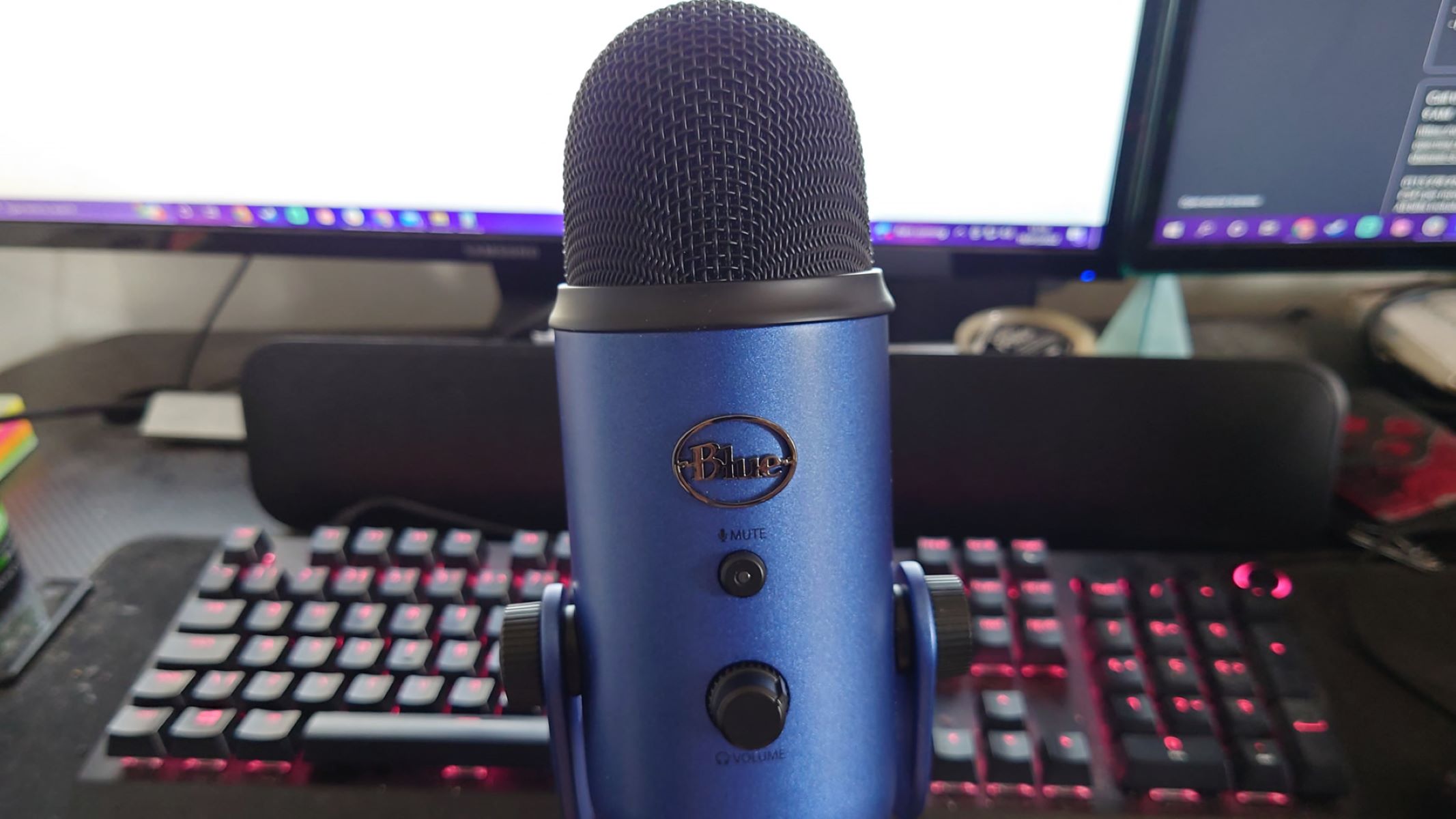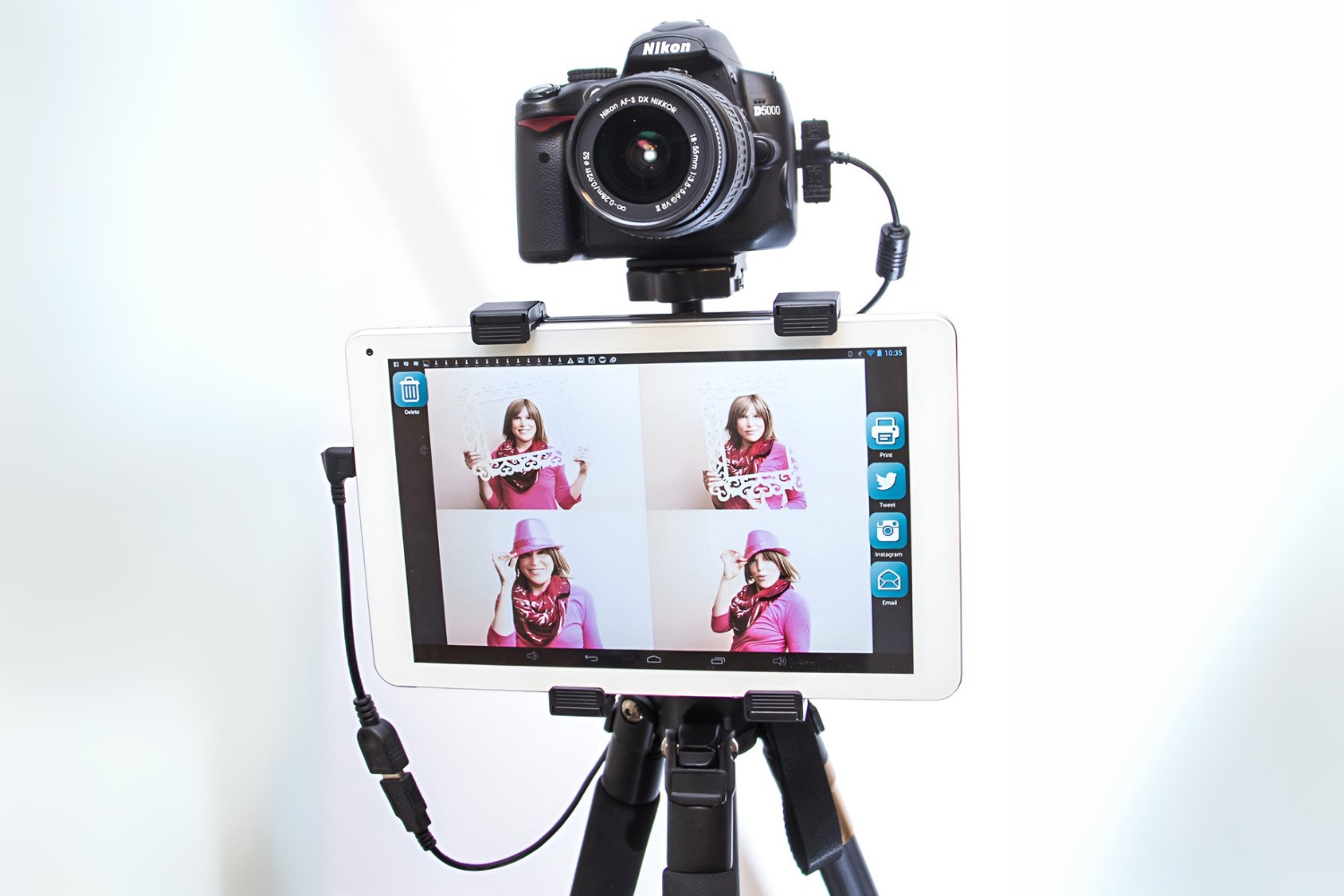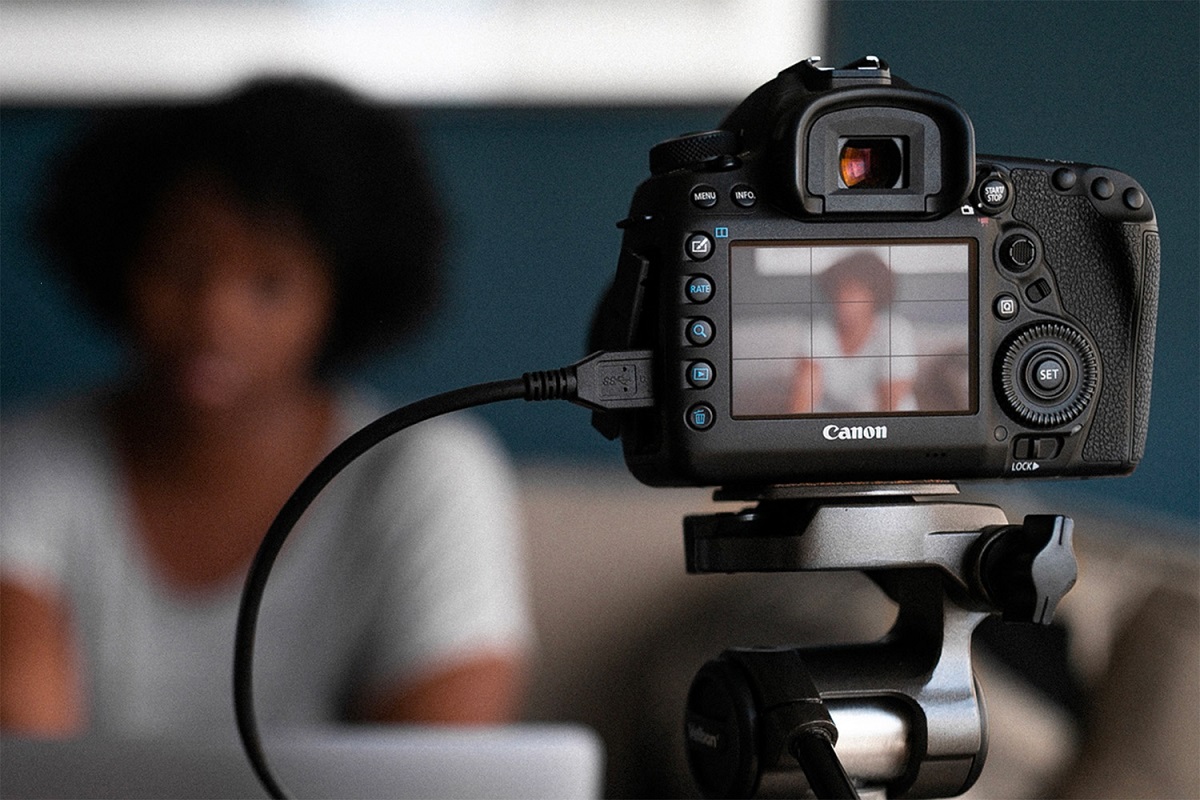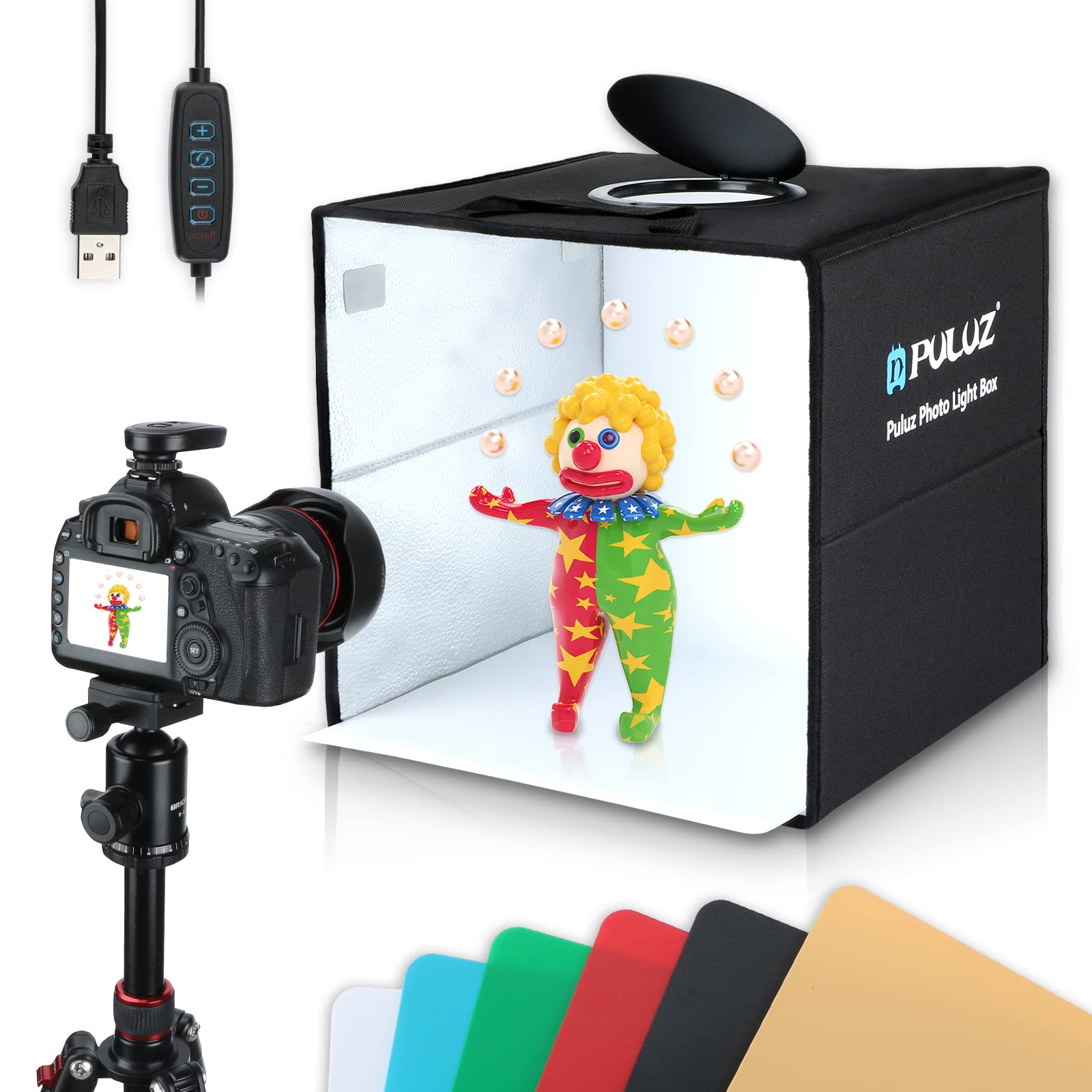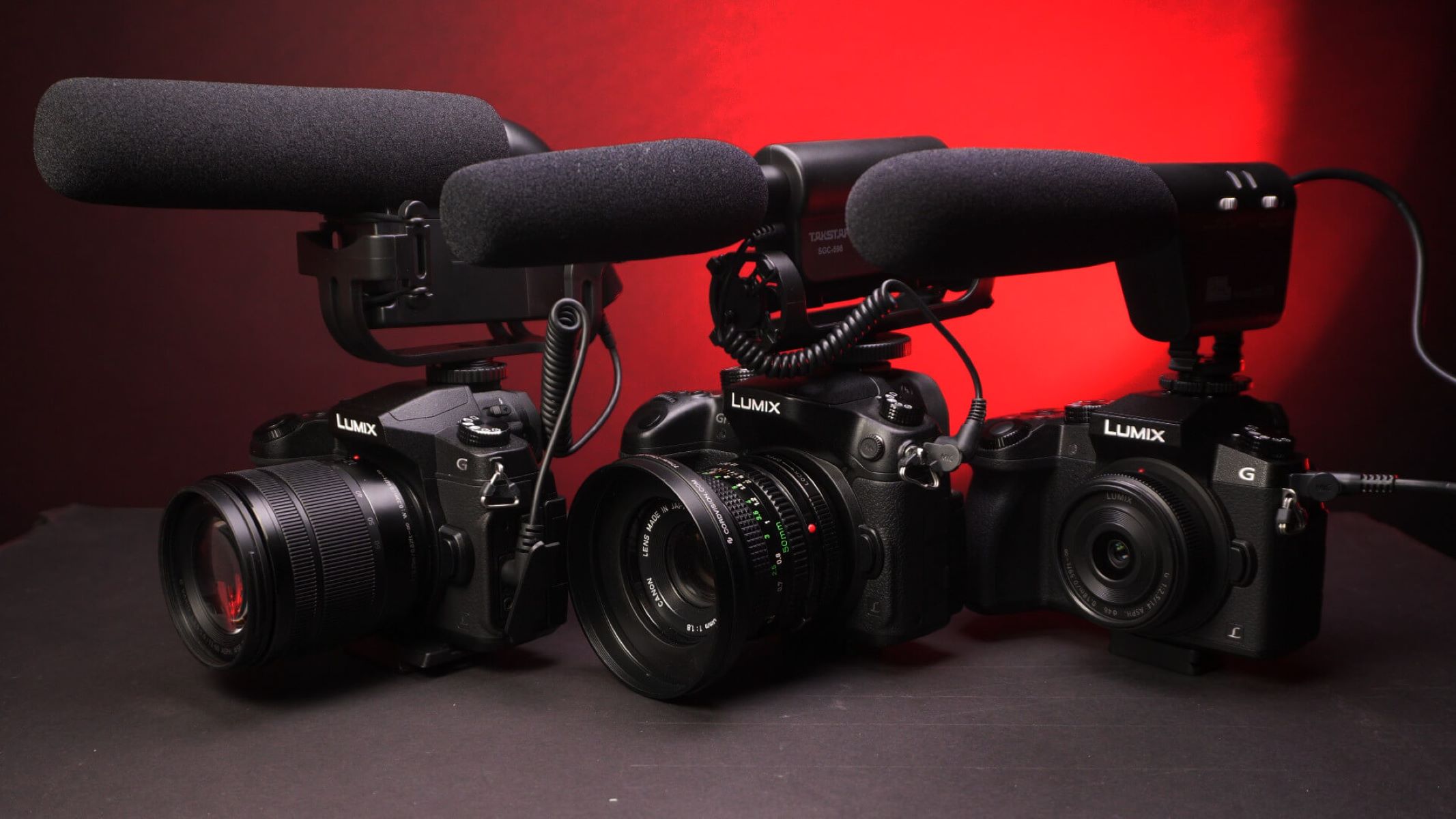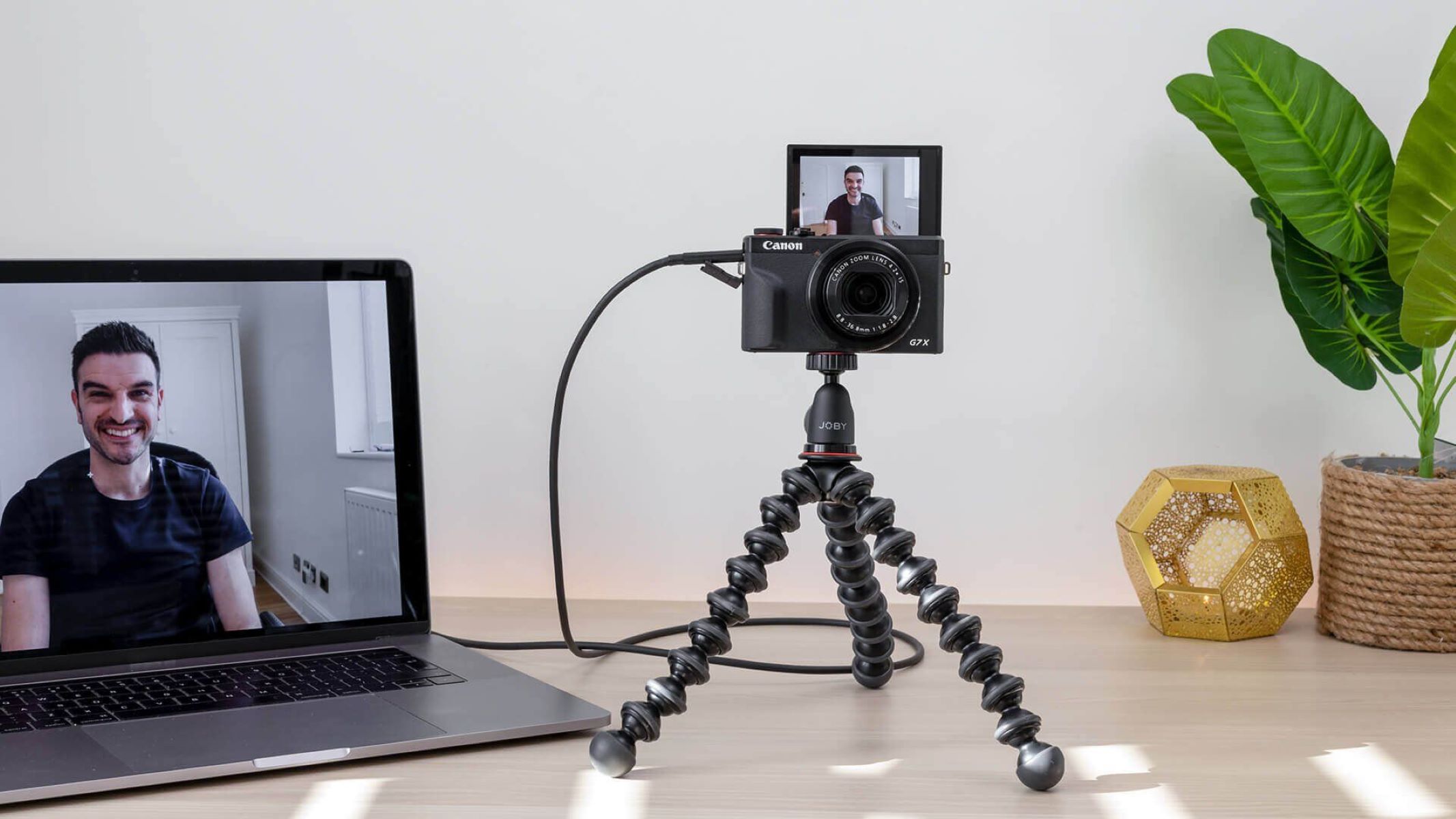Introduction
Introduction
Welcome to the world of digital single-lens reflex (DSLR) photography! Owning a DSLR camera opens up a realm of creative possibilities, allowing you to capture stunning images and videos with exceptional clarity and detail. However, before embarking on your photographic journey, it's crucial to understand how to test your DSLR camera to ensure that it meets your specific needs and delivers the quality you expect.
Testing your DSLR camera involves a series of assessments to evaluate its performance in various conditions and settings. From image quality and autofocus accuracy to video capabilities and low-light performance, each aspect plays a pivotal role in determining the camera's suitability for your photographic endeavors.
In this guide, we will delve into the essential steps for testing your DSLR camera. Whether you are a novice photographer looking to familiarize yourself with a new camera or a seasoned professional seeking to optimize your equipment, this comprehensive resource will equip you with the knowledge and techniques to conduct thorough evaluations.
By understanding the intricacies of your DSLR camera and its capabilities, you can make informed decisions, enhance your photography skills, and unleash your creativity with confidence. Let's embark on this enlightening journey to discover how to effectively test and evaluate the performance of your DSLR camera.
Understanding Your DSLR Camera
Understanding Your DSLR Camera
Before diving into the testing process, it’s imperative to gain a comprehensive understanding of your DSLR camera’s features and capabilities. Familiarizing yourself with the fundamental components and functions will empower you to conduct thorough assessments and leverage the camera’s full potential.
First and foremost, acquaint yourself with the camera’s physical attributes, including the lens, body, and controls. Understanding the purpose and operation of each button, dial, and switch will enable you to navigate the camera’s settings with ease and precision.
Furthermore, delve into the intricacies of the camera’s sensor, which plays a pivotal role in capturing images with exceptional detail and clarity. Gain insight into the sensor size, resolution, and type, as these factors significantly influence the camera’s performance in various shooting conditions.
Equally important is understanding the camera’s menu system and settings. Explore the diverse array of options for adjusting exposure, white balance, focus modes, and image quality. Delve into the customization features to tailor the camera’s behavior to your specific preferences and shooting style.
Additionally, familiarize yourself with the viewfinder and display screen, as they serve as your windows to the world you aim to capture. Understanding how to interpret the information displayed and utilize the viewfinder’s grid and focus points will aid in composing well-balanced and sharply focused shots.
By comprehensively understanding your DSLR camera’s construction, functionality, and user interface, you will be well-equipped to proceed with the testing process. This foundational knowledge forms the bedrock for evaluating the camera’s performance across various parameters, ensuring that you can harness its capabilities to achieve your photographic aspirations.
Testing the Image Quality
Testing the Image Quality
Assessing the image quality of your DSLR camera is paramount to understanding its capabilities in capturing stunning photographs. Several key factors contribute to image quality, and evaluating each aspect will provide valuable insights into the camera’s performance.
Begin by testing the camera’s resolution and sharpness. Capture a series of images at different resolutions and analyze the level of detail and clarity in each photograph. Pay close attention to fine textures, intricate patterns, and distant subjects to gauge the camera’s ability to render sharp and detailed images.
Next, evaluate the camera’s color accuracy and dynamic range. Photograph vibrant scenes with a diverse range of colors and tones to assess how faithfully the camera reproduces the nuances of the environment. Analyze the balance between highlights and shadows to determine the camera’s dynamic range capabilities, ensuring that it preserves details in both bright and dark areas.
Furthermore, test the camera’s low-light performance by capturing images in dimly lit environments. Assess the level of noise in the images and the camera’s ability to maintain detail and color accuracy in challenging lighting conditions. Experiment with different ISO settings to understand the camera’s noise performance across varying sensitivity levels.
Another crucial aspect of image quality testing involves analyzing the camera’s ability to capture fast-moving subjects with precision. Test the camera’s shutter speed and burst mode capabilities by photographing moving objects or subjects in motion. Evaluate the clarity and sharpness of the images to gauge the camera’s performance in capturing dynamic scenes.
By conducting comprehensive tests to evaluate the camera’s image quality across resolution, color accuracy, dynamic range, low-light performance, and motion capture, you can gain a holistic understanding of its capabilities. These insights will inform your photographic decisions and empower you to maximize the camera’s potential in capturing breathtaking images.
Checking the Autofocus
One of the critical elements of a DSLR camera’s performance is its autofocus system, which plays a pivotal role in ensuring sharp and accurately focused images. Testing the autofocus capabilities involves assessing its speed, accuracy, and versatility across different shooting scenarios.
Begin by evaluating the autofocus speed and responsiveness in various lighting conditions. Test the camera’s ability to swiftly and accurately lock onto subjects in well-lit environments, and then transition to low-light settings to gauge its performance in challenging situations. Assess how effectively the autofocus system maintains focus in dimly lit scenes, as this is crucial for capturing sharp images in diverse lighting conditions.
Furthermore, test the autofocus accuracy by capturing images of subjects at different distances and varying depths of field. Analyze the sharpness and precision of the focused areas to ensure that the autofocus system consistently delivers accurate results across a range of shooting scenarios. Additionally, experiment with different focus modes, such as single-point, zone, and tracking, to understand the camera’s versatility in adapting to different subject movements and compositions.
Another essential aspect of autofocus testing involves assessing the camera’s ability to track moving subjects. Capture images of dynamic scenes or fast-moving subjects to evaluate the autofocus system’s capability to maintain focus on the intended subject. Analyze the hit rate and consistency of in-focus shots to determine the camera’s suitability for capturing action-packed moments with precision.
Additionally, consider testing the autofocus performance with different lenses to assess its compatibility and consistency across a variety of focal lengths and apertures. This comprehensive evaluation will provide insights into the camera’s autofocus system’s adaptability and reliability when paired with different lenses.
By conducting thorough tests to assess the autofocus speed, accuracy, versatility, and tracking capabilities, you can gain a comprehensive understanding of the DSLR camera’s autofocus performance. These insights will empower you to leverage the autofocus system effectively in various shooting scenarios and capture impeccably focused images with confidence.
Testing the Shutter Speed
Understanding and testing the shutter speed of your DSLR camera is essential for capturing dynamic and motion-filled scenes with precision. The shutter speed directly influences the camera’s ability to freeze fast-moving subjects, create motion blur effects, and control exposure in diverse shooting conditions. By conducting comprehensive shutter speed tests, you can gain valuable insights into the camera’s performance and optimize its settings for various photographic scenarios.
Begin by experimenting with different shutter speeds to understand their impact on image sharpness and motion capture. Test the camera’s ability to freeze fast-moving subjects by selecting high shutter speeds, such as 1/500 or faster, and capturing images of dynamic scenes or rapidly moving objects. Assess the clarity and sharpness of the subjects to gauge the camera’s effectiveness in freezing motion with precision.
Conversely, explore the creative possibilities of slower shutter speeds by capturing images with intentional motion blur effects. Experiment with long exposures to portray the fluidity of moving subjects or create captivating light trails in nighttime photography. Assess the camera’s ability to maintain image quality and detail at slower shutter speeds, ensuring that it delivers compelling long-exposure results.
Furthermore, test the camera’s performance in controlling exposure and capturing well-balanced images across a range of lighting conditions. Experiment with different shutter speeds in conjunction with varying aperture and ISO settings to achieve optimal exposure. Analyze the camera’s ability to maintain image quality and detail while adjusting the shutter speed to accommodate different lighting scenarios.
Additionally, assess the camera’s burst mode capabilities by testing its continuous shooting speed and buffer capacity. Capture a series of images in rapid succession to evaluate the camera’s ability to sustain high-speed shooting and process multiple frames without compromising performance.
By thoroughly testing the DSLR camera’s shutter speed across diverse shooting scenarios and creative applications, you can gain a profound understanding of its capabilities. These insights will enable you to leverage the camera’s shutter speed settings effectively, capture compelling images in motion-filled environments, and unleash your creativity with confidence.
Evaluating the Low Light Performance
Assessing the low light performance of your DSLR camera is crucial for understanding its ability to capture high-quality images in challenging lighting conditions. Low light photography presents unique technical and creative challenges, and thorough testing will provide valuable insights into the camera’s sensitivity, noise levels, and image quality in dimly lit environments.
Begin by testing the camera’s performance at different ISO settings to evaluate its sensitivity to light. Capture images at progressively higher ISO values to assess the camera’s ability to maintain image quality while amplifying the sensor’s sensitivity. Analyze the level of noise in the images and the camera’s capability to preserve detail and color accuracy at elevated ISO levels, ensuring that it delivers remarkable low light performance without compromising image quality.
Furthermore, experiment with long exposures to test the camera’s capability to capture compelling images in low light conditions. Utilize slow shutter speeds to portray the ambiance of dimly lit scenes, such as nightscapes or indoor environments. Assess the camera’s ability to maintain image sharpness and detail during long exposures, ensuring that it delivers impressive low light results with minimal noise and optimal exposure.
Another essential aspect of evaluating low light performance involves testing the camera’s autofocus and image stabilization systems in challenging lighting scenarios. Assess the autofocus speed, accuracy, and consistency in dimly lit environments to ensure that the camera can effectively lock onto subjects and maintain sharp focus. Additionally, test the effectiveness of the image stabilization system in mitigating camera shake and preserving image clarity during handheld low light photography.
Moreover, consider experimenting with different white balance settings to achieve accurate color reproduction in low light conditions. Test the camera’s ability to render natural and balanced colors in artificial or subdued lighting, ensuring that it delivers compelling and true-to-life images across a diverse range of low light scenarios.
By conducting comprehensive tests to evaluate the DSLR camera’s low light performance, you can gain valuable insights into its capabilities and limitations in challenging lighting conditions. These insights will empower you to optimize your camera settings, leverage its low light capabilities effectively, and capture captivating images in environments with limited illumination.
Assessing the Video Quality
Testing the video quality of your DSLR camera is essential to evaluate its capabilities in capturing high-definition and visually compelling footage. Whether you intend to create cinematic masterpieces, vlogs, or professional video content, conducting thorough assessments will provide valuable insights into the camera’s video recording performance, image stabilization, audio quality, and overall suitability for videography.
Begin by testing the camera’s video resolution and frame rates to assess its ability to capture high-definition footage with smooth motion. Experiment with different resolutions, such as 1080p and 4K, and varying frame rates to understand the camera’s versatility in accommodating different video recording settings. Analyze the level of detail, clarity, and smoothness of motion in the recorded footage to gauge the camera’s video resolution capabilities.
Furthermore, evaluate the camera’s autofocus performance during video recording to ensure precise and smooth focus transitions. Test the autofocus speed, accuracy, and tracking capabilities while recording moving subjects or changing compositions. Assess the camera’s ability to maintain sharp focus and minimize focus hunting during video capture, ensuring that it delivers consistent and reliable autofocus performance.
Another crucial aspect of assessing video quality involves testing the camera’s image stabilization system to mitigate camera shake and ensure steady footage. Experiment with handheld and moving shots to evaluate the effectiveness of the camera’s stabilization mechanisms in producing smooth and stable video recordings. Analyze the level of stabilization and the reduction of unwanted motion artifacts to determine the camera’s suitability for handheld videography.
Additionally, consider testing the camera’s audio recording capabilities, including built-in microphones and external audio input options. Assess the clarity, fidelity, and directional sound capture of the camera’s audio recording system to ensure high-quality sound reproduction in video recordings. Experiment with different audio settings and external microphones to optimize the camera’s audio performance for diverse videography requirements.
By conducting comprehensive tests to evaluate the DSLR camera’s video quality, autofocus performance, image stabilization, and audio recording capabilities, you can gain valuable insights into its suitability for videography. These insights will empower you to leverage the camera’s video recording features effectively, capture compelling footage, and unleash your creativity in the realm of videography with confidence.
Conclusion
Embarking on the journey of testing and evaluating your DSLR camera has provided valuable insights into its multifaceted capabilities and performance across various parameters. By comprehensively understanding and assessing the camera’s image quality, autofocus, shutter speed, low light performance, and video recording capabilities, you have gained profound insights that will inform and elevate your photographic endeavors.
Understanding your DSLR camera’s features, functionality, and user interface forms the bedrock for conducting thorough evaluations. Familiarizing yourself with the fundamental components, sensor characteristics, and menu settings empowers you to navigate the camera’s intricacies with precision and confidence.
Testing the image quality has provided a comprehensive understanding of the camera’s resolution, color accuracy, dynamic range, and performance in challenging lighting conditions. By analyzing the camera’s ability to capture sharp, detailed images across diverse scenarios, you can make informed decisions and optimize your photography settings for exceptional results.
Assessing the autofocus capabilities has shed light on the camera’s speed, accuracy, versatility, and tracking performance. Understanding the camera’s autofocus system’s responsiveness and adaptability equips you to capture impeccably focused images in a variety of shooting scenarios with confidence and precision.
Exploring the camera’s shutter speed has unlocked the creative potential of freezing motion, capturing motion blur effects, and controlling exposure. By mastering the camera’s shutter speed settings, you can unleash your creativity, capture dynamic scenes with precision, and achieve optimal exposure in diverse lighting conditions.
Evaluating the low light performance has provided valuable insights into the camera’s sensitivity, noise levels, autofocus, and image stabilization in challenging lighting scenarios. Leveraging the camera’s low light capabilities effectively will enable you to capture stunning images in environments with limited illumination and unleash your creativity in low light photography.
Assessing the video quality has illuminated the camera’s capabilities in capturing high-definition footage, precise autofocus during video recording, effective image stabilization, and high-quality audio reproduction. Leveraging the camera’s video recording features effectively will enable you to create visually compelling and immersive video content with professional-grade quality.
Armed with the knowledge and insights gained from testing your DSLR camera, you are well-prepared to optimize its settings, leverage its capabilities, and embark on a photographic journey filled with creativity, precision, and visual excellence. By harnessing the full potential of your DSLR camera, you can capture captivating images and videos that reflect your unique vision and artistic expression.







